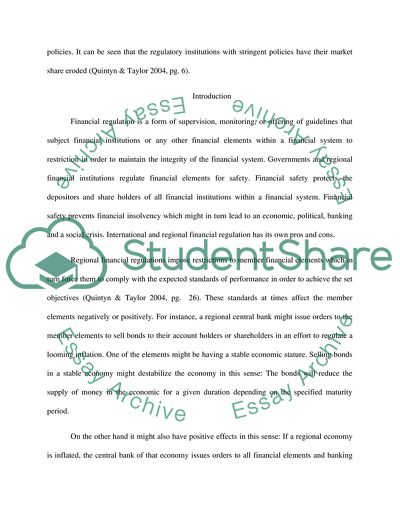Cite this document
(“International & Regional Financial Regulators Research Paper”, n.d.)
International & Regional Financial Regulators Research Paper. Retrieved from https://studentshare.org/miscellaneous/1611075-international-regional-financial-regulators
International & Regional Financial Regulators Research Paper. Retrieved from https://studentshare.org/miscellaneous/1611075-international-regional-financial-regulators
(International & Regional Financial Regulators Research Paper)
International & Regional Financial Regulators Research Paper. https://studentshare.org/miscellaneous/1611075-international-regional-financial-regulators.
International & Regional Financial Regulators Research Paper. https://studentshare.org/miscellaneous/1611075-international-regional-financial-regulators.
“International & Regional Financial Regulators Research Paper”, n.d. https://studentshare.org/miscellaneous/1611075-international-regional-financial-regulators.


